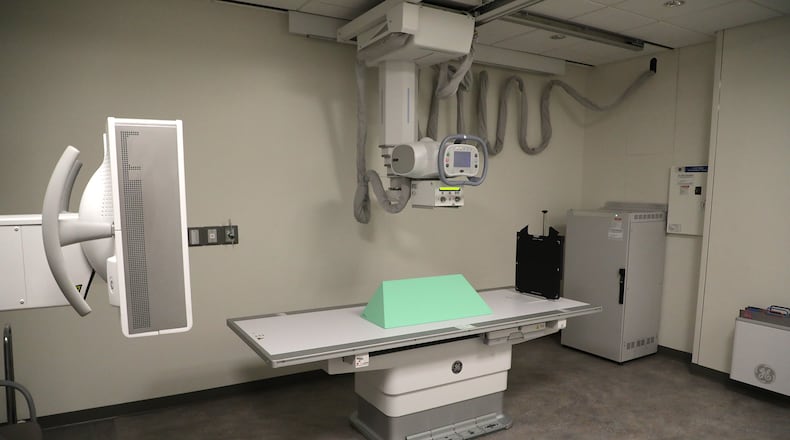This new rule created by the Trump administration, which went into effect in January, is different. Hospitals are supposed to post the prices they negotiated with insurance plans and the discounts that are charged to people who pay cash and don’t have insurance.
That information is more aligned with the costs people actually pay. Even insurance companies and employers that fund their own health insurance have not had access to this kind of data to look at what kind of deal they are getting compared to others.
Kettering Health Network posted its information tool at ketteringhealth.org, which people can find by scrolling down to the middle of the page and clicking the “estimate my bill” link.
Premier Health’s pricing page is at premierhealth.com/patient-and-visitor-guide/patient-guide/costs-and-insurance/pricing. As part of the new price transparency requirements, Premier Health said in a statement that it launched an online tool that gives patients price estimates on approximately 300 procedures and diagnostic tests and patients are able to utilize MyChart to generate a patient-specific estimate.
“We believe this customized information is helpful for our patients,” Premier said in a statement.
Both hospitals also have financial counselors available for people to call for estimates of their potential share of cost. Premier’s is at 937-499-7364. Kettering Health has financial counselors to talk about assistance at 937-914-7680 or personal cost estimates at 937-762-1500.
Brad Olson, VP of managed care at Kettering Health Network, said the hospital system worked with a vendor to make sure it fully complied with the rule.
“Kettering wants to be transparent with everything that we do, and we want to serve our customers with the highest level of respect and provide that to the employers of the Dayton and Southwest Ohio communities,” Olson said.
John McAlearney, assistant professor at Wright State University Boonshoft School of Medicine, said it will be worth watching in the long term how the data will be mined by groups trying to help consumers or by employers paying for employee health insurance.
Loren Anthes, who has researched health care prices with Cleveland-based Center for Community Solutions, said price transparency can help policy makers or researchers or others who analyze big data who want to learn things about the marketplace.
He said he doesn’t think the average health care consumer, however, is going to meaningfully use that information as published, and also noted that people don’t shop for services like a scheduled C-section the same way they do for cars or a lawn mower. A person might want to buy the cheapest lawnmower they can find but not the cheapest heart surgery.
“It doesn’t mean that people won’t try to do the right thing, and for certain procedures or certain expenses, people might try to do some shopping, but this is not the way that you’re going to solve cost,” Anthes said.
Kettering Health Network has not received additional phone calls or questions related to the prices posted under previous rules or so far under the current rule, according to Olson, but he said the patient impact can be hard to measure.
“The regulating bodies asked for a lot of information, but we were pretty certain that this was only a certain subset of industry individuals that were looking to access this data, not necessarily patients’ right or people that are consuming,” Olson said.
When Medicare published prices paid to different hospitals, the data didn’t shame high chargers into lowering prices. And when hospital quality ratings were published to help people shop for care, it didn’t make quite the splash that some industry watchers expected.
“I would have thought that the quality data that we have on hospitals would have had much more of an impact and I think health researchers have been really surprised that hasn’t been utilized much by consumers to choose which health system they go to on the basis of quality,” McAlearney said.
About the Author

